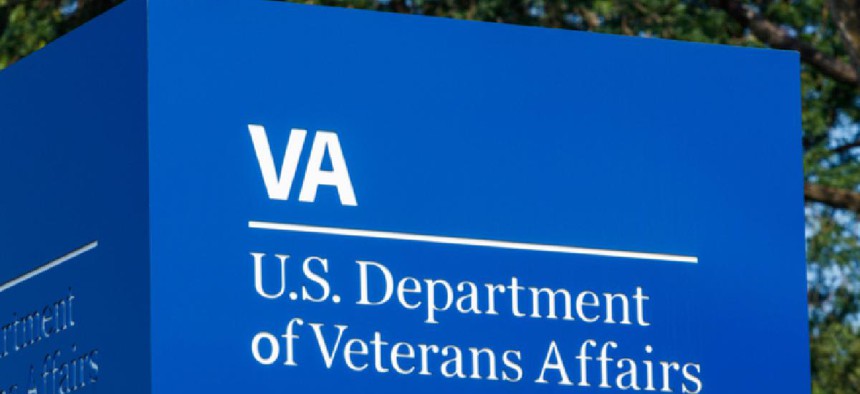Speed bumps for VA's new scheduling system

A watchdog report identified gaps in training and oversight for the new scheduling system being implemented at VA medical facilities.

The Department of Veterans Affairs is replacing its appointment scheduling software as a component of its $21 billion, 10-year drive to implement the Cerner electronic health record system.
The scheduling system is a component of the homegrown Vista system VA is replacing, but for a five-year period following the appointments scandal in 2014 at the Phoenix VA Medical Center, where officials kept two sets of books – one to demonstrate compliance with VA scheduling targets and one to schedule actual (and often unacceptably delayed) appointments.
That scandal kicked off multiple lines of effort to replace the system well ahead of the 2017 determination switch VA to Cerner without a competitive bidding process.
In 2015 VA awarded a $624 million contract for commercial health record provider Epic's Medical Appointment Scheduling System program and VA piloted that software in its Columbus, Ohio medical center. But when the Cerner deal came along, it was only a matter of time before VA officials opted to use Cerner's scheduling module rather than rely on a separate vendor. The Cerner scheduling module is being implemented in the first go-live site for the overall health record at VA Mann-Grandstaff Medical Center in Spokane, Wash. and at the Columbus site, which is next in line for the Cerner health record.
Unlike the Vista electronic health record, which is highly regarded among clinicians, the Vista scheduling module is a relic of a bygone age of computing, and interacts poorly with VA's telehealth services.
"They're using what I would call old blue DOS screens to schedule," former VA Secretary David Shulkin said at his confirmation hearing in 2017. "I don't even know how they do their jobs."
Schedulers like many aspects of the Cerner system, including its user-friendly interface and ease of scheduling telehealth appointments, according to a VA Inspector General report released Nov. 10. That report also found that VA could be doing more to prepare staff and address functionality issues with the new system.
In an email cited in the report, the Spokane assistant chief of health care administration service wrote that the new scheduling system could be an “amazing transformation for the VA," but said the agency " has “a ways to go to get this product working for the way the VA delivers healthcare."
Some key weaknesses in the Cerner system, according to the report, including the inability to automatically mail reminders to patients for upcoming appointments – a feature that many veterans relied on. Under Cerner system, manual workarounds including hand-addressing envelopes, are required to send reminders by mail.
Schedulers also reported issues converting in-person appointments to telehealth visits and noted that patients were receiving in-person check-in instructions for video appointments. The report also identified problems in training and guidance resulting in misleading or confusing information being shared with patients about appointments.
The report also noted that schedulers were dissatisfied with Cerner's ticketing system for reporting issues with the news system. Schedulers were kept in the dark about the status of their tickets and a large majority of those surveyed didn't know if the issues they brought up were being resolved or used to identify the need for policy or programming changes. While schedulers have access to round-the-clock tech support, long waits for ticket resolutions resulted in providers not operating at full capacity, according to the report.
The IG report made seven recommendations to the Veterans Health Administration and one to the Office of Electronic Health Record Modernization to improve training, guidance and performance assessment. Agency officials concurred with the recommendations of the report.
NEXT STORY: Who's going to volunteer for the new CMMC?



